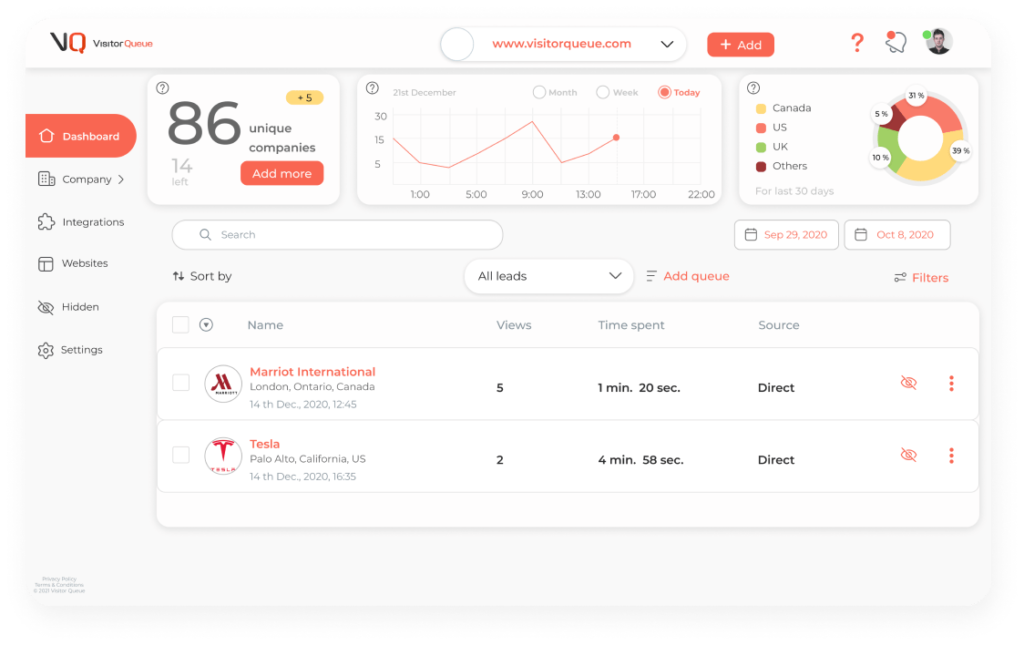Success doesn’t come overnight. It requires consistent effort, careful planning, and a strategy that allows you to pivot quickly when necessary. One of the best ways to maintain focus, adapt to changing market conditions, and ensure measurable progress is through a quarterly marketing plan. In this article, we are going to go through what a quarterly marketing plan is, why it’s important, and what to focus on in each quarter. First, let’s define what a quarterly marketing plan even is.
What is a Quarterly Marketing Plan?
A quarterly marketing plan is essentially a three-month roadmap that outlines the marketing activities, campaigns, and goals a business aims to achieve within that period. It breaks down the larger, year-long marketing strategy into smaller, more manageable chunks, allowing for regular evaluations and adjustments based on performance. Each quarter typically has its own unique set of objectives that align with the overall marketing and business goals for the year. For example, the focus of one quarter might be building brand awareness, while another might be geared toward converting leads into paying customers.
Why is a Quarterly Marketing Plan Important for B2B Companies?
B2B companies operate in a complex environment with long sales cycles, multiple decision-makers, and high-value transactions. This makes strategic planning even more critical. A quarterly plan provides a clear structure for marketing activities. With the sales process often spanning months, it’s essential to have a well-organized framework to keep campaigns aligned with sales efforts. With specific targets in place for each quarter, both marketers and salespeople can track their performance and make data-driven decisions to improve outcomes more effectively than with yearly or occasional check-ins.

Strategies for Each Quarter
To maximize the effectiveness of your quarterly marketing plan, it’s important to tailor your strategies to the specific needs and opportunities of each quarter. Below, we’ll break down the key focus areas for marketers and salespeople in each quarter of the year.
Q1: Establishing a Strong Foundation
January – March
The first quarter is all about setting the stage for the year ahead. This is the time to review the previous year’s performance, fine-tune your strategy, and lay a strong foundation for the coming year. Review what worked and what didn’t work in the prior year, making data-driven decisions. Begin by reviewing key metrics from the previous year, such as website traffic, lead generation, and conversion rates. Use these insights to identify areas for improvement and develop a plan to address them. Additionally, this is a good time to update your buyer personas and refine your messaging to ensure it aligns with your target audience’s current needs and pain points. Content creation should also be a priority in Q1. Whether it’s updating old blog posts or developing new content, focus on creating valuable resources that will attract and engage your ideal customers.
Q2: Expanding and Experimenting
April – June
By the time Q2 rolls around, your strategy should be firmly in place, and now it’s time to ramp up your efforts. This quarter is about expanding your reach and experimenting with new tactics to see what resonates best with your audience. Marketers should focus on launching campaigns that are designed to increase brand awareness and drive traffic. This could include content marketing initiatives, paid advertising, or influencer partnerships. If you’re introducing a new product or service, Q2 is the ideal time to promote it through a well-planned campaign. Additionally, this quarter offers an opportunity to experiment with different types of content or platforms to see what generates the best results. For example, you might test different ad formats or explore new social media platforms to expand your audience reach.
Q3: Focusing on Conversion
July – September
In Q3, the focus shifts from generating awareness to driving conversions. By this point in the year, your audience should be familiar with your brand and offerings, making it the perfect time to guide them toward a purchase decision. The goal in Q3 is to nurture leads through the sales funnel and move them closer to conversion. This means using tactics that encourage prospects to take action. This could include email marketing, remarketing ads, and case studies. It’s also a good idea to offer promotions or special deals that create a sense of urgency and incentivize prospects to make a purchase. Lead nurturing is especially important in Q3, as prospects who have been following your content all year may be on the verge of converting.
Q4: Reflecting and Retaining
October – December
As the year comes to a close, Q4 is a time for reflection and retention. This quarter is about evaluating the success of your marketing efforts, closing any final deals, and preparing for the year ahead. You should spend Q4 analyzing the data from the previous three quarters to determine what worked and what didn’t. Use these insights to start planning for the following year’s Q1. Additionally, focus on customer retention by building campaigns that encourage existing clients to renew their contracts or purchase additional services. End-of-year wrap-up content, such as industry reports or trend predictions for the coming year, can also help drive engagement and position your company as a thought leader in your industry.

How to Know if Your Campaigns Are Working
Determining whether your campaigns are delivering the desired results is crucial for keeping your marketing efforts on track. Here are a few of the best ways to keep track of your quarterly marketing plans.
Understanding KPIs
Key Performance Indicators (KPIs) are the benchmarks by which you measure the success of your marketing efforts. KPIs are specific, measurable goals that are tied to your overall marketing objectives. Choosing the right KPIs for each quarter is essential for knowing whether your strategies are working. The KPIs that you track will change based on the campaign that you’re running. If you’re struggling to figure out what KPIs you should be tracking, check out our article 12 Metrics Your Business Should be Tracking.
Re-Assessing Campaigns
Marketing best practices change all of the time. Because of this, you need to be agile and ready to pivot when necessary. Even if you have just started a quarter, if something big happens in your industry, you’ll need to adjust. It’s also important to gather feedback from your sales team to understand how well your marketing efforts are contributing to sales success. If your sales team says that your leads are confused about a certain promotion, then work together to improve it.
Identify Your Website Visitors
One of the most valuable tools in B2B marketing is the ability to identify and analyze website visitors. While many visitors may browse your site without filling out forms or making direct contact, tools like Visitor Queue enable you to track and identify the anonymous companies visiting your site. Identifying your website visitors can help you see what campaigns are driving traffic. And, which businesses are interested in what you have to offer. Additionally, with our employee contact information, you can personalize your follow up, increasing the likelihood of your visitors converting. For example, if a company has visited your pricing page multiple times without converting, your sales team can reach out with a tailored message offering assistance or a demo. Start your 14-day free trial of Visitor Queue today and stop losing leads.

Wrap Up
Creating a marketing plan that considers each quarter can help your company target others at the right time. By breaking the year into chunks, you can easily adapt to changes in the industry. And, ensure you’re making data-driven decisions. Whether you’re laying the foundation in Q1, experimenting in Q2, converting in Q3, or reflecting in Q4, a quarterly marketing plan gives you the structure and flexibility you need. As always, if you have any questions about how to use Visitor Queue to identify your website visitors, do not hesitate to reach out.
 Identify
Identify Personalize
Personalize Benchmark
Benchmark Agencies
Agencies Integrations
Integrations Case Studies
Case Studies Use Cases
Use Cases Blog
Blog Resources
Resources









